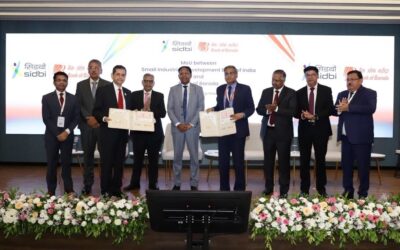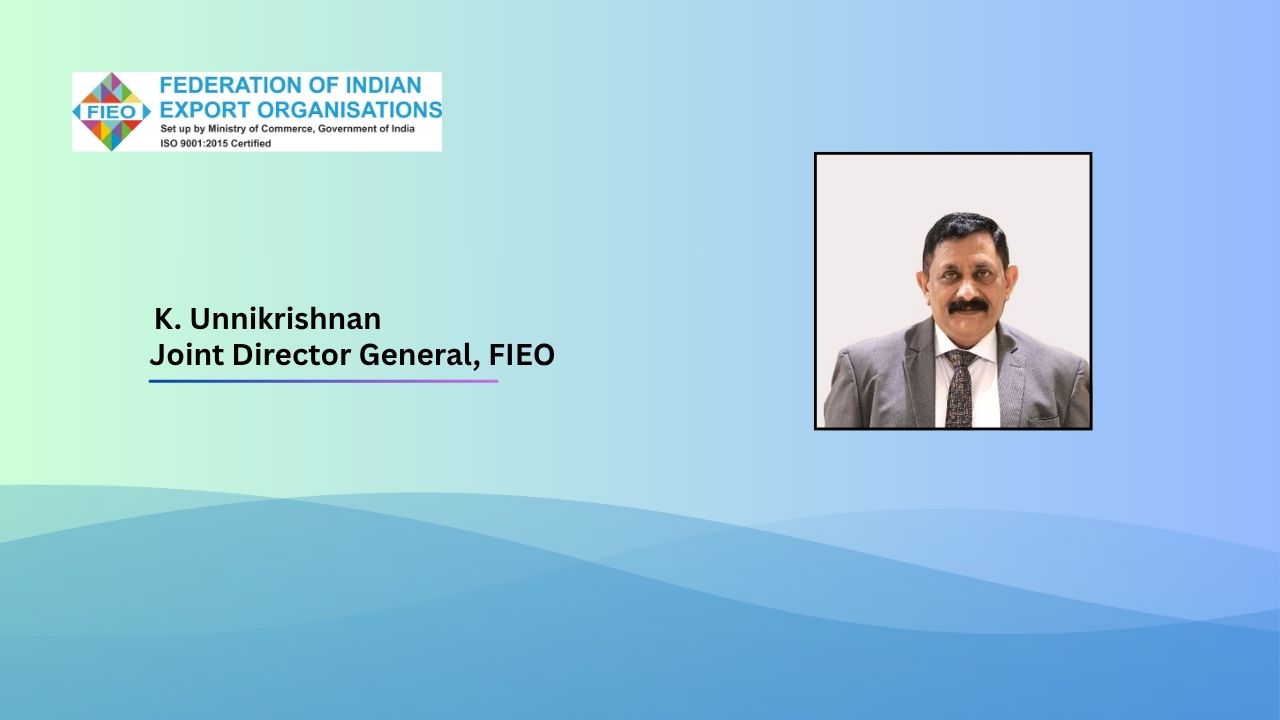Export Opportunities for SMEs in Indian Pharma Sector

India’s pharmaceutical industry has gained international recognition as the “Pharmacy of the World,” particularly for its imperative role in supplying vaccines, essential medicines, and medical supplies during the COVID-19 pandemic. Notably, India’s Drug and pharmaceutical exports soared from $15.07 billion in 2013-14 to $27.85 billion in FY 2023-24. Ranking third globally in drug and pharmaceutical production by volume, India exports to approximately 200 countries.
With an increasing global demand for affordable and accessible healthcare, SMEs in the pharmaceutical sector have an unprecedented opportunity to expand their footprint internationally. Emerging markets in Asia, Africa, and Latin America present lucrative avenues for growth, particularly in generic medicines, biosimilars, and over-the-counter (OTC) products. Additionally, advancements in telemedicine and digital health are enabling SMEs to tap into new consumer bases and streamline their operations.
India is aiming to achieve over $100 billion in exports of Pharma products by 2030. For achieving this we need to give more focus on emerging markets in Africa, Latin America and Southeast Asia while strengthening presence in the US, EU and Japan. We also need to see more proactive approach by the Government while negotiating FTAs and bilateral trade relations apart from the agenda of reducing tariffs by giving more importance to improve market access.
Despite the promising opportunities, SMEs in the pharma sector face several challenges that constrain their growth. Some of the most pressing issues include:
- Regulatory Hurdles: Complex and stringent regulatory requirements in global markets pose significant barriers to entry. Indian pharmaceutical exporters face numerous regulatory challenges when entering global markets. These hurdles vary across regions and impact the industry’s ability to expand efficiently, like the stringent Compliance Standards which vary form country to country. For example, many countries demand adherence to their own GMP guidelines, which might differ from Indian standards, requiring additional certifications. Exporters must navigate different pharmacopoeia standards (USP, EP, JP) depending on the destination market. Countries are implementing serialization mandates to ensure drug traceability, which is increasing the cost of compliance for exporters especially for MSMEs. Another issue is the delays in regulatory approvals. Approval of drug registrations in countries like the US (FDA), EU (EMA), and Japan can take years, delaying market entry apart from extensive dossier requirements.
- Non-Tariff Barriers: Variations in labelling formats, languages and product specifications across countries necessitate additional customization. Some nations impose bans or restrictions on certain Active Pharmaceutical Ingredients (APIs) or finished drugs due to geopolitical or local industry protectionism.
- Cost of Compliance: Regular inspections by global regulators, such as the USFDA and EMA, demand significant resources and investments to ensure facilities meet international standards. Constantly evolving regulations, such as updates in the EU’s Clinical Trials Regulation, require exporters to stay vigilant and adapt.
- Political and Trade Policies: Exporters targeting markets under sanctions (e.g., Iran, Russia etc) must navigate through trade restrictions and limited financial transaction options as banks are reluctant to handle the export documents.
- Market access and Raw-materials related issues: Not having trade agreements with many of our major markets leading to disadvantage Indian pharma exporters due to higher tariffs or limited market access. Over 60-70% of APIs and intermediates are imported from China, exposing Indian players to supply chain disruptions and price volatility, which is a critical factor of profitability and growth. Any political and diplomatic issues with China many times results in delays, price hike and smooth flow of required raw materials. Apart from this, SMEs struggle with pricing pressure due to limited procurement capabilities.
- Adequate and timely funding: Banks and financial institutions should come forward and provide specific financial resources to SMEs for helping them in investing in extensive research and development (R&D).
To overcome above challenges, we need to invest in world-class manufacturing infrastructure to meet diverse global standards. We are happy to note that the Telangana Government is focusing on this and the proposed Green Pharma City at Hyderabad is expected to make rapid strides on the infrastructure development front which will create a powerful ecosystem for the pharmaceutical industry.
Addressing these challenges by providing more supports by the State and the Central Governments will help Indian pharmaceutical companies strengthen their position in the global marketplace and continue to be a leading supplier of affordable, high-quality medicines.
Rising interest in herbal and Ayurveda-based medicines and supplements creates export and domestic market opportunities. Support under AYUSH programs and international promotion of traditional medicines will benefit SMEs in this niche. SMEs can capitalize on the trend by creating innovative formulations based on traditional practices if necessary support is given.
There is myriad opportunities and challenges facing pharmaceutical SMEs. By leveraging government support, embracing innovation, and addressing critical industry factors along with facilitation from industry bodies such as FIEO, PHARMEXCIL, BDMAI, etc., SMEs in the pharma sector are well-positioned to become key players in the global healthcare ecosystem.
Author: Mr. Israr Ahmed, Vice President, Federation Of Indian Export Organisations (FIEO), New Delhi
Disclaimer: Views expressed in the article are the personal opinions of the author.











